A tiny village on the Rio Grande River in northern New Mexico became the training center for the first American hydrographers and provided the first stream-gauging operations of the U.S. Geological Survey. To plan any water system, it is necessary to know the amount of water flowing in the stream or river at all times - including low, normal, and flood conditions.
1973
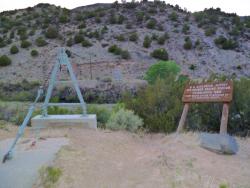
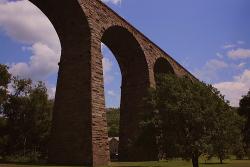
The Starrucca Viaduct of the Erie Railroad Company crosses Starrucca Creek in Lanesboro, Pennsylvania. It is one of the oldest and one of the longest railroad bridges in Pennsylvania. Its 18 slender, semicircular stone arches each span 50 feet and the structure rises 110 feet above the creek.
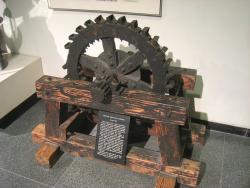
Water wheels have been used to power mills and pumps for centuries. However, the traditional water wheel was inefficient: water hitting a bucket would splash back against the next bucket, slowing the wheel. This is especially true when water is delivered to the buckets under very high pressure.
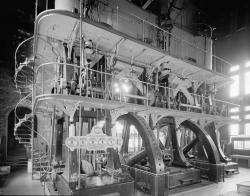
This machine is an unusual triple-expansion, three-crank rocker engine, which in its day was a high-capacity unit providing outstanding performance for the Boston Water Works Corporation. Designed by Erasmus Darwin Leavitt, Jr. (1836-1916), Engine No. 3 was installed in 1894 to a high-service pumping facility on the south side of the Chestnut Hill Reservoir in Brighton.
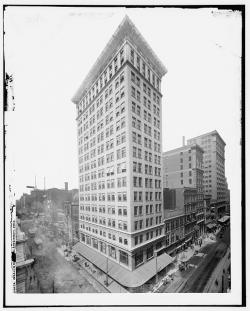
The 16-story Ingalls Building, still in use today, was the world's first reinforced concrete skyscraper. Its success led to the acceptance of high-rise concrete construction in the United States.
Melville E. Ingalls, for whom the building is named, spent two years convincing city officials to issue a building permit. Skepticism was high, because the existing height record for a concrete building was only six stories.
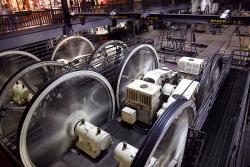
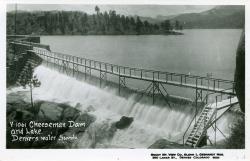
The Cheesman Dam was the first major dam in the U.S. to incorporate the gravity arch, and upon completion it was the highest gravity arch stone masonry dam in the world. It is the key structure in Denver's water supply.
Three years into original construction, flooding swept away the partially completed rock-filled structure. A solid masonry replacement dam was completed in just five years - a major feat for such a remote and complex project. When it was finished, the dam rose higher than the tallest building in Denver.
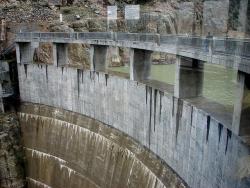
The Buffalo Bill Dam, known as the Shoshone Dam until 1946, was the first mass concrete dam in America. At nearly 325 feet high, it was also the tallest dam in the world at the time of completion.
Innovations
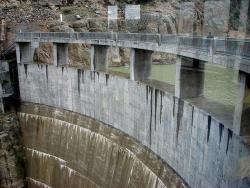
The Buffalo Bill Dam, known as the Shoshone Dam until 1946, was the first mass concrete dam in America. At nearly 325 feet high, it was also the tallest dam in the world at the time of completion.
This was one of the first arch dams in the U.S. to be designed using a mathematical method…
Read More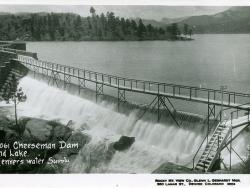
The Cheesman Dam was the first major dam in the U.S. to incorporate the gravity arch, and upon completion it was the highest gravity arch stone masonry dam in the world. It is the key structure in Denver's water supply.
Three years into original construction, flooding swept away the…
Read More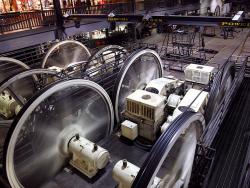
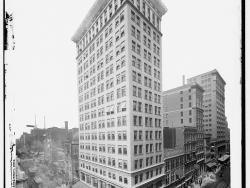
The 16-story Ingalls Building, still in use today, was the world's first reinforced concrete skyscraper. Its success led to the acceptance of high-rise concrete construction in the United States.
Melville E. Ingalls, for whom the building is named, spent two years convincing city…
Read More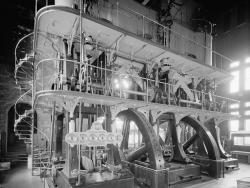
This machine is an unusual triple-expansion, three-crank rocker engine, which in its day was a high-capacity unit providing outstanding performance for the Boston Water Works Corporation. Designed by Erasmus Darwin Leavitt, Jr. (1836-1916), Engine No. 3 was installed in 1894 to a high-service…
Read More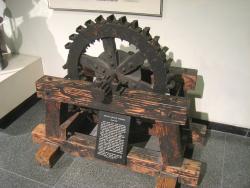
Water wheels have been used to power mills and pumps for centuries. However, the traditional water wheel was inefficient: water hitting a bucket would splash back against the next bucket, slowing the wheel. This is especially true when water is delivered to the buckets under very high pressure…
Read More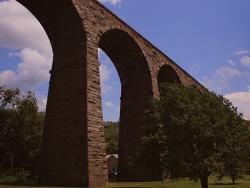
The Starrucca Viaduct of the Erie Railroad Company crosses Starrucca Creek in Lanesboro, Pennsylvania. It is one of the oldest and one of the longest railroad bridges in Pennsylvania. Its 18 slender, semicircular stone arches each span 50 feet and the structure rises 110 feet above the creek.…
Read More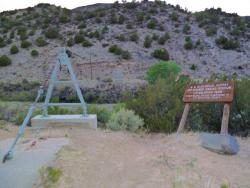
A tiny village on the Rio Grande River in northern New Mexico became the training center for the first American hydrographers and provided the first stream-gauging operations of the U.S. Geological Survey. To plan any water system, it is necessary to know the amount of water flowing in the…
Read More

